Global Progress Toward Gender Equality: A Timeline

More on:
Tuesday, March 8 marks International Women’s Day, an internationally-celebrated day dedicated to recognizing the social, political, economic, and cultural contributions women around the world have made to their countries and their communities. This year’s International Women’s Day offers an opportunity to evaluate the progress made for the world’s women as well as build momentum to accelerate the 2030 Agenda and close remaining gender gaps.
Just over one hundred years after the first celebration of International Women’s Day, it is clear that significant achievements have been made in elevating the rights of women and girls on the world stage—and equally clear that there is much more work to do.
March 19, 1911
First celebration of International Women’s Day
After the attendees of a 1910 meeting in Copenhagen proposed that one day each year be set aside to honor the women’s rights movement and build support for universal suffrage, International Women’s Day was marked for the first time in Austria, Denmark, Germany, and Switzerland in March of 1911. More than one million women and men attended rallies in support of women’s right to vote, hold public office, access vocational training, and enter the labor force and participate without discrimination.
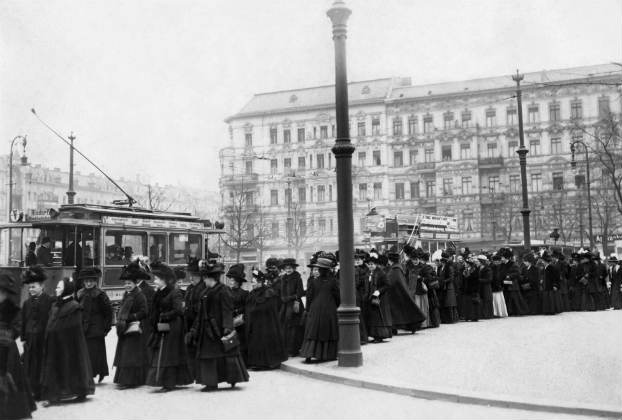
June 26, 1945
Gender equality enshrined in the United Nations Charter
Established to promote international co-operation following the devastation of World War II, the United Nations (UN) became the first international body to assert the principle of equality between women and men in its founding document. Article 1 of the UN Charter affirms the body’s aim of “promoting and encouraging respect for human rights and for fundamental freedoms for all without distinction as to race, sex, language, or religion.” In 1946, the United Nations Commission on the Status of Women was formed to promote the global advancement of women, focusing initially on basic human rights and later emphasizing the need for the broader social and economic inclusion of women. Among its accomplishments was ensuring the inclusion of language about gender equality in what would become a cornerstone of modern human rights: the Universal Declaration of Human Rights, adopted in 1948. The declaration proclaimed "faith [...] in the dignity and worth of the human person and in the equal rights of men and women."
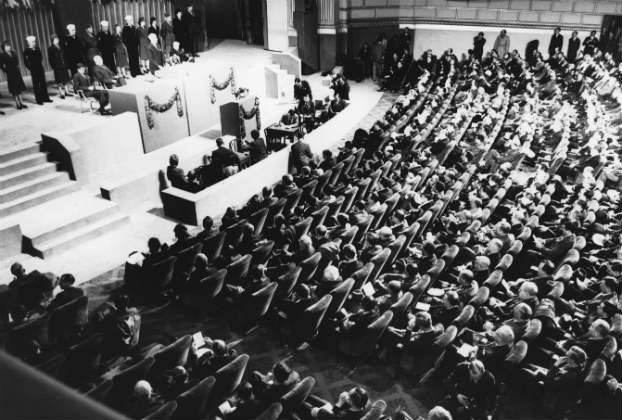
June 19-July 2, 1975
UN First World Conference on Women in Mexico City
Coinciding with International Women’s Year, the UN General Assembly and Commission on the Status of Women called on representatives from 133 member states to gather in Mexico City for the First World Conference on Women. The conference resulted in a forward-looking World Plan of Action to achieve the objectives for the advancement of women over the next decade, and the UN General Assembly proclaimed 1976-1985 the United Nations Decade for Women: Equality, Development and Peace.

December 18, 1979
CEDAW: An "international bill of rights for women"
Adopted by the UN General Assembly, the Convention on the Elimination of All Forms of Discrimination Against Women (CEDAW) is often described as an international bill of rights for women: it explicitly defines discrimination against women, establishes legal obligations for countries that are parties to it to end discrimination in the public and private spheres, and aims to achieve substantive equality between women and men. As of 2015, it is the second most ratified UN human rights treaty, with 189 states party to it.
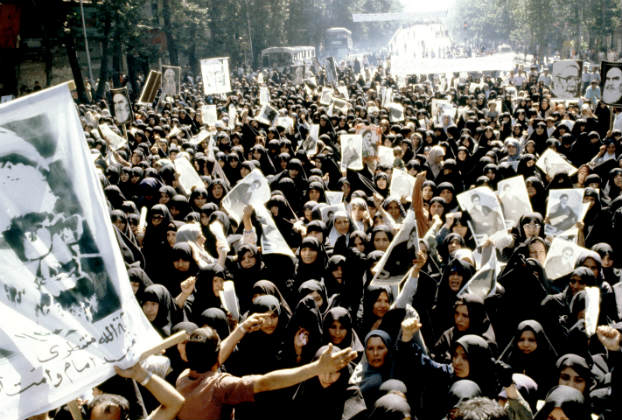
September 5-13, 1994
International Conference on Population and Development in Cairo
The International Conference on Population and Development (ICPD) held in Cairo, Egypt marked the first time that reproductive health was included in an international policy document. The conference addressed the connection between strengthened reproductive health rights for women and broader development goals worldwide, and its resulting Programme of Action laid out over 200 recommendations related to family planning, safe pregnancy and delivery, the prevention and treatment of sexually transmitted infections, and the elimination of harmful practices against women.
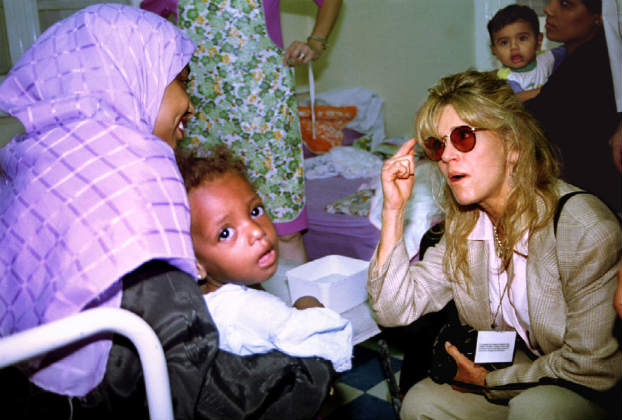
September 4-15, 1995
UN Fourth World Conference on Women in Beijing
The landmark UN Fourth World Conference on Women brought an unprecedented 17,000 official participants and 30,000 activists to Beijing, China, and galvanized progress for the advancement of women worldwide. The conference addressed issues of human rights, poverty, economic inclusion, and gender-based violence, with one of the most notable moments coming as then-U.S. First Lady Hillary Rodham Clinton famously proclaimed that “women’s rights are human rights.” The conference resulted in the unanimous adoption of the Beijing Declaration and Platform for Action by 189 countries. Global reviews every five years since the declaration’s passage have evaluated progress toward the achievement of the objectives outlined by the document’s twelve focus areas, including violence against women, women’s health, and women in armed conflict.
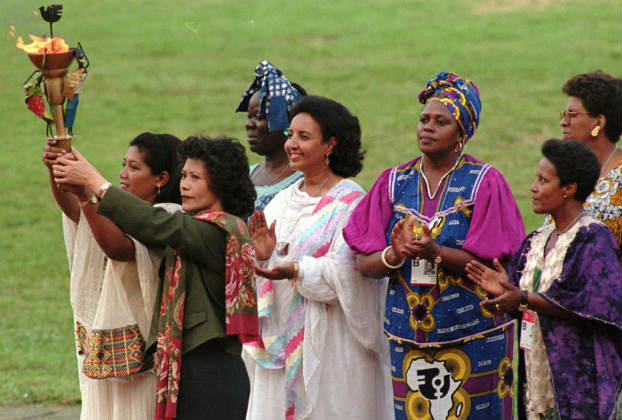
September 2000
Adoption of the Millennium Development Goals
Following the Millennium Summit of the UN and the adoption of the UN Millennium Declaration, a set of eight time-bound goals (the Millennium Development Goals, or MDGs) laid out targets to reduce extreme poverty around the world by 2015. While each goal—including those related to education, food security, and the environment—is linked to the status of women and girls, Goal 3 and Goal 5 specifically call for gender equality and improved maternal health. The MDGs accelerated international collaboration and focused, measurable action in the fight against global poverty.
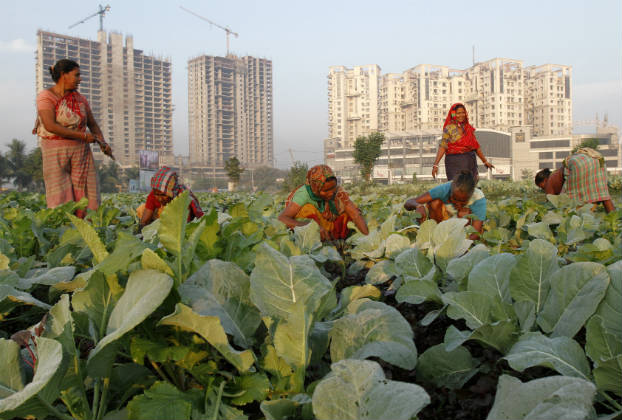
October 31, 2000
Passage of UN Security Council Resolution 1325 (UNSCR 1325)
The UN Security Council (UNSC) formally acknowledged women as integral actors in international peace and security processes through the passage of UNSCR 1325, which addresses the unique effects of conflict on women as well as the critical role that women can play in conflict management, conflict resolution, and sustainable peacebuilding. In June 2008, the UNSC further advanced the women, peace, and security agenda with the passage of UNSCR 1820, which recognizes sexual violence as a potential war tactic, crime against humanity, and act of genocide, and demanded improved protection and prevention measures. Over the next several years, resolutions 1888, 1889, and 1960 would also pass, mandating: better protection of women and girls by peacekeeping missions, improved tracking and implementation of policies that address the needs of women in conflict settings, and prosecution of perpetrators of sexual violence in armed conflicts.
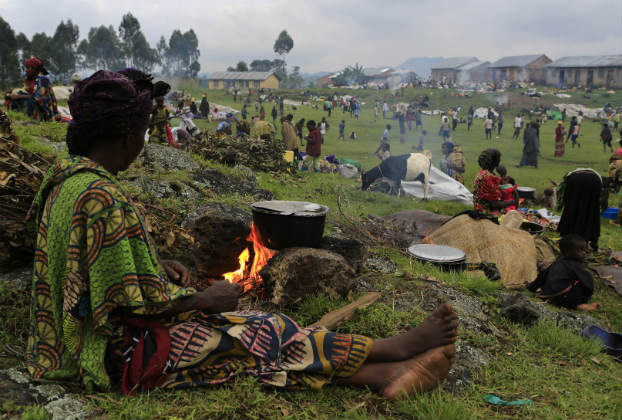
July 2, 2010
Creation of UN Women
The UN General Assembly reassembled and merged previously distinct parts of the UN system to form UN Women, an entity dedicated to achieving global gender equality and the empowerment of women and girls. The creation of UN Women addressed some of the challenges that had long plagued action on the women’s rights agenda, including limited funding and the lack of a central driving force. Today, UN Women, headed by Phumzile Mlambo-Ngcuka, directs UN activities related to advancing the rights of women and girls globally.
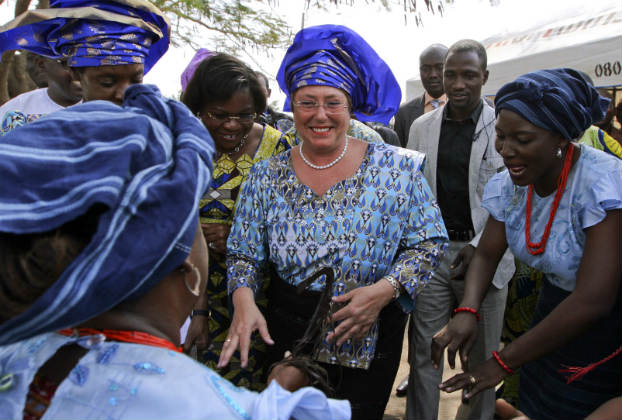
September 2015
Adoption of the Sustainable Development Goals
Seventeen distinct Sustainable Development Goals (SDGs) resulted from the 2030 Agenda for Sustainable Development adopted at a historic summit in New York City. The SDGs build upon the successes of their predecessor development framework, the Millennium Development Goals, and propose actionable steps to accelerate progress in the areas that have seen the least improvement, with an unprecedented goal of eliminating global poverty by 2030. The SDGs set concrete targets to end violence against women; improve women’s health; promote women’s participation in leadership and decision-making positions; and advance women’s inclusion in the world’s economies, calling for equality in property ownership, inheritance, financial services, and access to natural resources. The landmark new framework makes it clear that addressing gender inequality is critical to global progress.
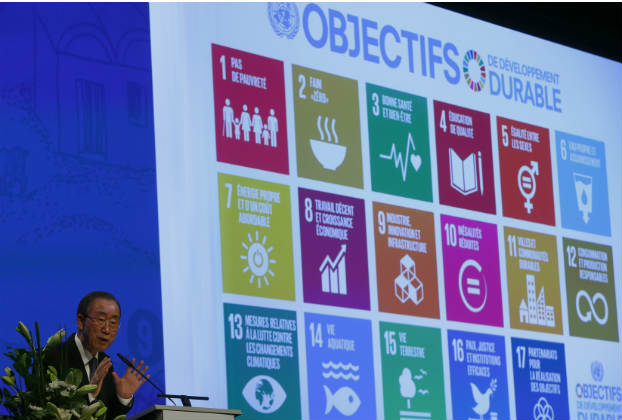
More on:
 Online Store
Online Store
